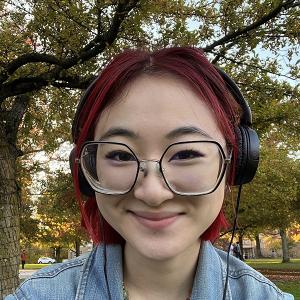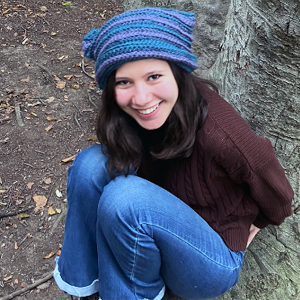Orientation is now a footnote. Students should be settled into their new schedules, new classes, new roommates, and all the other newness that comes with the start of an academic year.
Those who've been at Oberlin for a bit may have been pleasantly surprised to see some of the downtown developments, particularly new eateries. I remain impressed at the variety of affordable, non-fast-food places to eat. I've already tried Fresh Start Diner with its extensive breakfast menu. Soon I'll venture to Slow Train Café, a new music café and coffeehouse that has received much acclaim since it opened its doors in late August.
But apart from the food places, Oberlin College and community welcomed a few new structures: new apartments and business and office spaces along the East College Street block called the Green Arts District, and a new residence hall on North Professor Street for first-year students, named for benefactor Robert Kahn.
Prior to students' arrival, the housing office invited interested campus members to tour Robert L. Kahn Hall. Once students arrive and move in, non-resident access is nil.

College officials tout the building as sustainable, which aroused my interest. What makes this facility different from, say, nearby Asia House or Talcott? Aside from the obvious newness, what does this building have that the others do not? Here are a few of its features:
-
A fitness area with treadmills, elliptical machines

-
A game room with foosball, billiards, and flat screen TVs
-
Onsite laundry facility with clotheslines
-
An interlock system that automatically shuts off the heat or air conditioning when windows are opened
-
A conference room for small seminars or ExCo classes
-
Small lounge areas on each floor to promote quiet study, interaction, and socializing

-
Wi-Fi
-
A room with an interior view: on each floor, residents have an unobstructed view from one end of the hallway to another
-
Kitchenette areas with stoves, countertop space
-
Onsite compost tumbler
-
Bunk beds that are detachable, so that residents can create at least three different living arrangements, complete with desks for studying and storage space

-
Large double-pane windows that let in lots of natural light
After my tour, I considered my college days and what we thought were "modern" conveniences then. Sure, we had common areas for socializing and watching television, and lounges on each floor with two-seater sofas and a lamp atop a coffee table. We had basic white-walled, square-shaped rooms (no AC) outfitted with stackable bunk beds, built-in closets, and a desk and chair for each roomer. Detailed planning went into developing and building Robert L. Kahn Hall. It's much more than just a place to sleep and study.
Though Robert L. Kahn Hall is the latest residence hall to go up, other residence halls were not neglected. Many received minor improvements: painting, landscaping, new beds and lounge area chairs, and new lighting.
Some call these fancy amenities, suggesting they are excessive and unnecessary. I think today's students should have more than just four bland walls, a desk, and a bed with a flat mattress (forget the box spring). The college or university of choice is the student's home away from home and should have features that enhance the living and learning experience. A healthful living environment contributes to the idea of community, and creates a type of neighborhood – even though the neighborhood happens to be nestled inside a residential building.
Photos courtesy of Jenna Manna






